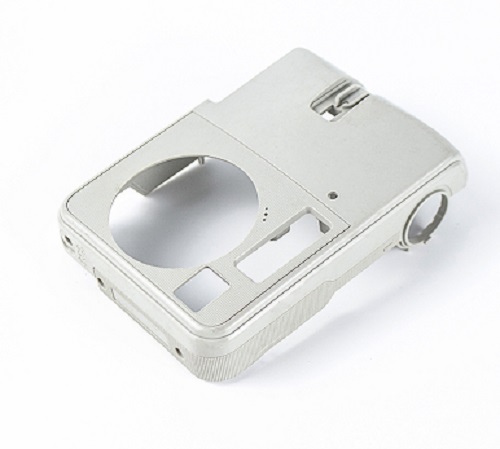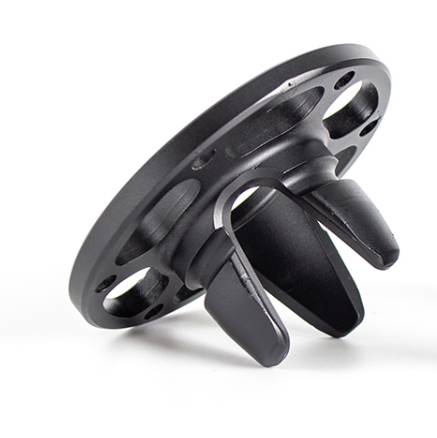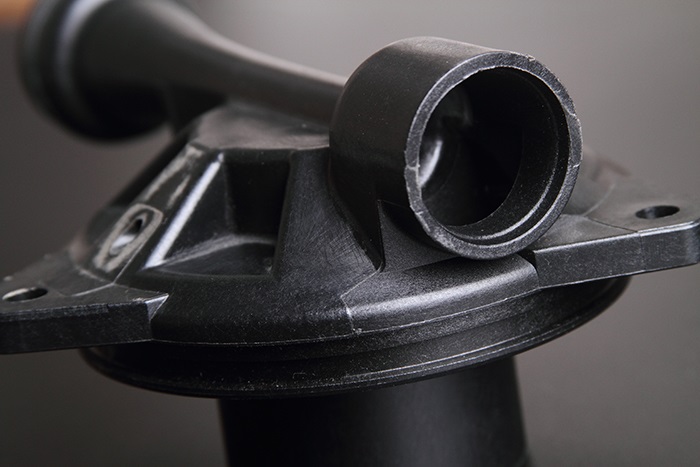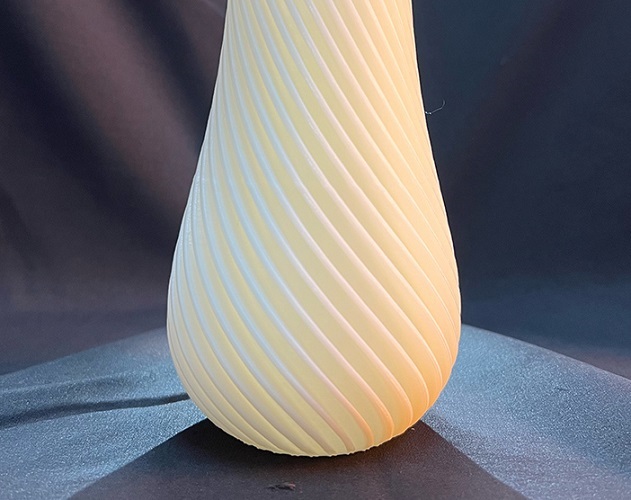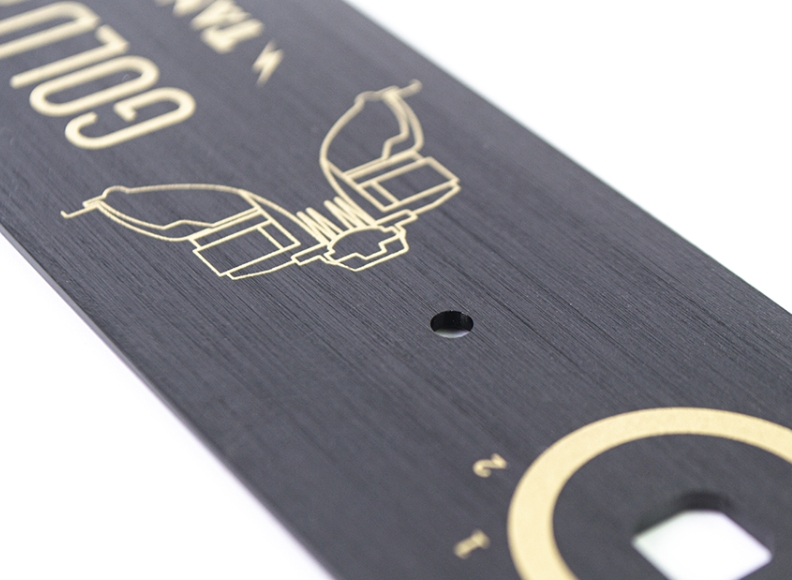In the journey from design concept to final product, prototype proofing plays a critical role in validating ideas, testing functionality, and refining designs. But with several methods available, how do you know which one is right for your project? This comprehensive guide will break down the most popular methods of prototype proofing, their advantages, ideal applications, and key considerations to help you make informed decisions.
Understanding Prototype Proofing: The Foundation of Product Development
Before diving into specific methods, let’s clarify what prototype proofing entails. ببساطة, it’s the process of creating physical models of a design to verify its feasibility, الوظيفة, and appearance before moving to mass production. Think of it as a trial run for your product—an opportunity to catch issues early when they’re easier and cheaper to fix.
Prototype proofing methods have evolved significantly with technological advancements, offering more options than ever before. اليوم, you can choose from computer-controlled machining processes, additive manufacturing techniques, mold-based methods, and rapid tooling solutions, each with its own set of strengths and limitations.
The right method for your project depends on factors like part complexity, material requirements, production volume, ميزانية, والجدول الزمني. By understanding each method’s capabilities, you can select the one that aligns best with your specific needs and avoid wasting resources on unsuitable approaches.
تصنيع CNC: Precision Engineering for Complex Prototypes
One of the most widely used methods in prototype proofing is تصنيع CNC—a subtractive manufacturing process that uses computer numerical control to shape materials with exceptional accuracy. This method operates by removing material from a solid block using pre-programmed toolpaths, creating precise components that match your design specifications.
How CNC Machining Works for Prototype Proofing
CNC machining starts with a digital 3D model created in CAD software. This model is converted into machine-readable code (G-Code) that guides the CNC machine’s cutting tools. The machine then uses various tools—such as drills, mills, and lathes—to remove material from the workpiece, gradually transforming it into the desired shape.
Modern CNC machines can achieve tolerances as tight as ±0.0005 inches (0.0127 مم), making them ideal for prototypes that require high precision. This level of accuracy ensures that parts fit together perfectly, which is crucial for functional testing and design validation.
Key Advantages of CNC Machining for Prototypes
- براعة المواد: CNC machining can handle a wide range of materials, including metals (الألومنيوم, فُولاَذ, التيتانيوم), البلاستيك (القيمة المطلقة, نايلون, نظرة خاطفة), and even wood and composites. This makes it suitable for prototypes that need to mimic the final product’s material properties.
- Complex Geometry Capability: It excels at producing parts with intricate details, internal features, and complex shapes that might be challenging for other methods.
- Hard Material Processing: Unlike some prototype methods that struggle with tough materials, CNC machining can easily handle hardened metals and high-performance plastics.
- Fine Surface Finish: With the right tools and settings, CNC machining can achieve smooth surface finishes (Ra values as low as 0.8 μM), reducing the need for additional post-processing.
Ideal Applications for CNC Machining Prototypes
CNC machining shines when working with large or irregularly shaped workpieces that demand precision. It’s particularly valuable in industries like aerospace, السيارات, والأجهزة الطبية, where component accuracy is critical. على سبيل المثال, a prototype of a turbine blade or a surgical instrument would benefit greatly from CNC machining’s precision and material capabilities.
لكن, CNC machining may not be the most cost-effective option for very complex geometries with internal cavities or for projects with extremely tight deadlines, as setup times can be longer than some additive methods.
3د الطباعة: Additive Manufacturing for Rapid Prototyping
3د الطباعة—also known as additive manufacturing—has revolutionized prototype proofing with its ability to create complex three-dimensional objects layer by layer from digital models. This method builds parts by depositing material (usually plastic, راتنج, أو المعدن) one thin layer at a time, offering unique advantages for certain prototype applications.
The 3D Printing Process for Prototypes
The 3D printing workflow begins with a detailed 3D CAD model, which is sliced into hundreds or thousands of thin layers by specialized software. The 3D printer then reads these slices and deposits material accordingly, fusing each layer to the previous one until the entire object is complete.
Several 3D printing technologies are commonly used for prototype proofing, including Fused Deposition Modeling (FDM), مجسم (SLA), and Selective Laser Sintering (SLS), each with its own material options and precision levels.
Why 3D Printing Stands Out in Prototype Proofing
- Complex Internal Structures: 3D printing truly excels at creating parts with complex internal geometries that would be impossible or extremely difficult to produce with traditional machining methods. Hollow sections, lattice structures, and intricate cavities can be printed without the need for specialized tooling.
- Rapid Turnaround: Once the digital model is ready, 3D printers can produce prototypes in a matter of hours, significantly shortening the time from design to physical part. This makes it ideal for fast-paced development cycles.
- لا توجد أدوات مطلوبة: Unlike mold-based methods, 3D printing doesn’t require expensive tools or molds, reducing upfront costs—especially for single prototypes or small batches.
- مرونة التصميم: Making changes to a 3D printed prototype is as simple as modifying the digital model, allowing for quick iterations and design improvements.
Best Uses for 3D Printed Prototypes
3D printing is particularly valuable for concept models, visual prototypes, and early-stage functional testing where speed and design complexity are priorities. It’s widely used in industries like consumer electronics, product design, and healthcare for creating everything from smartphone casings to anatomical models.
لكن, 3D printed prototypes may have limitations in terms of material strength and surface finish compared to CNC machined parts, making them less suitable for high-stress functional testing or prototypes that require a premium appearance.
Silicone Replica Mold: Cost-Effective Small-Batch Prototyping
For projects requiring small quantities of prototypes, silicone replica mold (also known as silicone molding or RTV molding) offers an efficient and economical solution. This method involves creating a mold from a master pattern (often 3D printed or CNC machined) and then using that mold to cast multiple copies of the prototype.
How Silicone Replica Molding Works
The process starts with creating a master model of your design using another prototyping method. A liquid silicone rubber is then poured over or around this master, capturing every detail of its surface and shape. Once the silicone cures (usually within 24 ساعات), the master is removed, leaving a precise mold cavity. This mold is then used to cast resin, البلاستيك, or even low-melting-point metals to create prototype copies.
Advantages of Silicone Replica Mold for Prototyping
- فعالية التكلفة: Silicone molds are relatively inexpensive to produce compared to metal tooling, making this method ideal for small-batch production (عادة 10-50 الوحدات).
- Short Production Cycle: From master model to finished prototypes, the entire process can often be completed in a week or less, much faster than traditional injection molding setup.
- High Detail Replication: Silicone rubber captures even the finest details of the master model, ensuring that prototypes have accurate dimensions and surface textures.
- براعة المواد: A wide range of casting materials are available, including rigid plastics, flexible rubbers, and even materials that mimic the properties of metal or glass.
- Good High-Temperature Resistance: Many silicone molds can withstand temperatures up to 200°C (392° f), allowing for casting with heat-curing materials.
قيود على النظر
While highly useful, silicone replica molds do have limitations. Their lifespan is relatively short, typically producing only 15-20 high-quality copies before degradation affects detail replication. They’re also not resistant to strong acids, القلويات, or prolonged exposure to UV light, which can cause aging and breakdown. For these reasons, silicone molding is best suited for functional testing and market validation rather than long-term production.
Rapid Tooling: Accelerating Early-Stage Product Development
أدوات سريعة bridges the gap between prototype proofing and mass production, offering a faster, more cost-effective alternative to traditional production tooling for early-stage product development. تركز هذه الطريقة على إنشاء أدوات وظيفية يمكن أن تنتج أجزاء أولية باستخدام عمليات تشبه الإنتاج, ولكن مع أوقات قيادة أقصر وخفض التكاليف.
دور الأدوات السريعة في تدقيق النموذج الأولي
على عكس الأدوات التقليدية, والتي قد تستغرق شهورًا لإنتاج وتكلف عشرات الآلاف من الدولارات, يمكن لطرق الأدوات السريعة أن تخلق قوالب أو موت وظيفية في غضون أسابيع في جزء صغير من التكلفة. هذه الأدوات غير مخصصة لركض الإنتاج الضخم (عادة ما يقتصر على بضع مئات أو ألف جزء), لكنهم يسمحون للمهندسين باختبار كيفية أداء التصميمات عند إنتاجها باستخدام عمليات التصنيع المشابهة لتلك المخصصة للإنتاج النهائي.
تشمل تقنيات الأدوات السريعة الشائعة قوالب الألومنيوم المصنوعة من CNC لتلاعب الحقن, 3D قوالب مطبوعة, والأدوات المعدنية المصبوبة باستخدام أنماط التضحية.
فوائد الأدوات السريعة للنماذج الأولية
- التكلفة المنخفضة من أدوات الإنتاج: الأدوات السريعة عادة 30-70% أقل من الأدوات الصلب التقليدية, جعلها في متناول الاختبار المبكرة.
- تحول أسرع: يمكن أن تأخذ أدوات الإنتاج 8-12 أسابيع, بينما يمكن إكمال الأدوات السريعة غالبًا 2-4 أسابيع, تسريع دورة تطوير المنتج.
- أجزاء تشبه الإنتاج: باستخدام مواد وعمليات مماثلة للإنتاج النهائي, تنتج الأدوات السريعة نماذج أولية تتطابق بشكل وثيق مع الخصائص الميكانيكية ومظهر المنتج النهائي المقصود.
- التحقق من صحة التصميم: هذه النماذج الأولية مثالية لاختبار ملاءمة التجميع, أداء وظيفي, وحتى استجابة السوق قبل الالتزام بأدوات الإنتاج باهظة الثمن.
متى تختار الأدوات السريعة
الأدوات السريعة ذات قيمة خاصة عندما تحتاج إلى اختبار كيفية أداء التصميم الخاص بك في ظروف تشبه الإنتاج أو عندما تحتاج إلى نماذج أولية متعددة للاختبار أو أبحاث السوق. يتم استخدامه بشكل شائع في الصناعات مثل السيارات, السلع الاستهلاكية, والأجهزة الطبية حيث تكون عمليات الإنتاج مثل صب الحقن معيارًا.
اختيار طريقة تدقيق النموذج الأولي المناسب: إطار قرار
مع العديد من الطرق الفعالة المتاحة, يتطلب اختيار واحد مناسب لمشروعك دراسة متأنية لاحتياجاتك المحددة. إليك إطار عمل لتوجيه قرارك:
العوامل الرئيسية للتقييم
- جزء تعقيد: غالبًا, بينما أبسط, قد تكون الأجزاء عالية الدقة أكثر ملاءمة لآلات CNC.
- متطلبات المواد: إذا كان النموذج الأولي يحتاج إلى مطابقة القوة, مقاومة الحرارة, أو خصائص أخرى للمادة النهائية الخاصة بك, قد تكون تصنيع CNC أو الأدوات السريعة خيارات أفضل من الطباعة ثلاثية الأبعاد.
- الكمية اللازمة: لنماذج أولية واحدة, 3عادةً ما تكون الطباعة أو تصنيع CNC أفضل. للحصول على دفعات صغيرة (10-50 الوحدات), يتألق صب النسخة المتماثلة السيليكون. لتشغيل ما قبل الإنتاج الأكبر, قد تكون الأدوات السريعة مناسبة.
- قيود الميزانية: 3D Printing و Silicone Molding عمومًا توفر تكاليف أقل مقدمة, في حين أن تصنيع CNC والأدوات السريعة قد يكون لها تكاليف أولية أعلى ولكنها تنتج نماذج أولية أكثر متانة.
- الإطار الزمني: 3عادة ما توفر طباعة D أسرع التحول, تليها صب السيليكون, تصنيع CNC, والأدوات السريعة.
- متطلبات الدقة: للتسامح الضيق (±0.001 inches or better), CNC machining is usually the best option.
Comparison Table: Prototype Proofing Methods at a Glance
| طريقة | الأفضل ل | مهلة زمنية نموذجية | Tolerance Capability | Batch Size Suitability | Material Options | Cost Per Unit (Low-Volume) |
| تصنيع CNC | High-precision metal/plastic parts | 3-7 أيام | ±0.0005 inches | 1-10 الوحدات | المعادن, البلاستيك, composites | \(50-\)500+ |
| 3د الطباعة | الهندسة المعقدة, concept models | 1-3 أيام | ±0.005 inches | 1-5 الوحدات | البلاستيك, راتنجات, some metals | \(20-\)200+ |
| Silicone Replica Mold | Small-batch functional parts | 5-10 أيام | ±0.002 inches | 10-50 الوحدات | راتنجات, البلاستيك, rubbers | \(10-\)100+ |
| Rapid Tooling | Production-like prototypes | 2-4 أسابيع | ±0.001 inches | 50-500 الوحدات | Production plastics/metals | \(5-\)50+ |
Yigu Technology’s View on Prototype Proofing Methods
تعتقد تقنية Yigu أن اختيار طريقة تدقيق النموذج الأولي أمر بالغ الأهمية لنجاح التنمية. كل طريقة - MNC الآلات, 3د الطباعة, صب السيليكون, أدوات سريعة - نقاط قوة فريدة. من خلال مطابقة احتياجات المشروع (تعقيد, كمية, ميزانية) إلى القدرات طريقة, فرق تسريع التحقق من الصحة, تقليل المخاطر, وجلب منتجات أفضل للتسويق بشكل أسرع.
الأسئلة المتداولة (التعليمات)
- ما هي طريقة تدقيق النموذج الأولي هي الأفضل للهياكل الداخلية المعقدة?
3D طباعة مثالية للهياكل الداخلية المعقدة, لأنه يمكن أن يخلق أي شكل تقريبًا دون الحاجة إلى أدوات أو قوالب معقدة, جعلها مثالية للتصميمات المعقدة.
- كم عدد النماذج الأولية التي يمكنني صنعها باستخدام قوالب نسخة طبق الأصل من السيليكون?
عادة ما تنتج قوالب النسخ المتماثلة السيليكون 15-20 نماذج أولية عالية الجودة قبل إظهار علامات التآكل. إنها الأفضل للإنتاج الصغير والاختبار الوظيفي.
- هل تصنيع CNC أكثر دقة من الطباعة ثلاثية الأبعاد للنماذج الأولية?
نعم, يوفر Machining CNC عمومًا دقة أعلى مع التحمل بإحكام ± 0.0005 بوصة, مقارنة بالطباعة ثلاثية الأبعاد ± 0.005 بوصة, جعلها أفضل لقطع الغيار الدقيقة.
